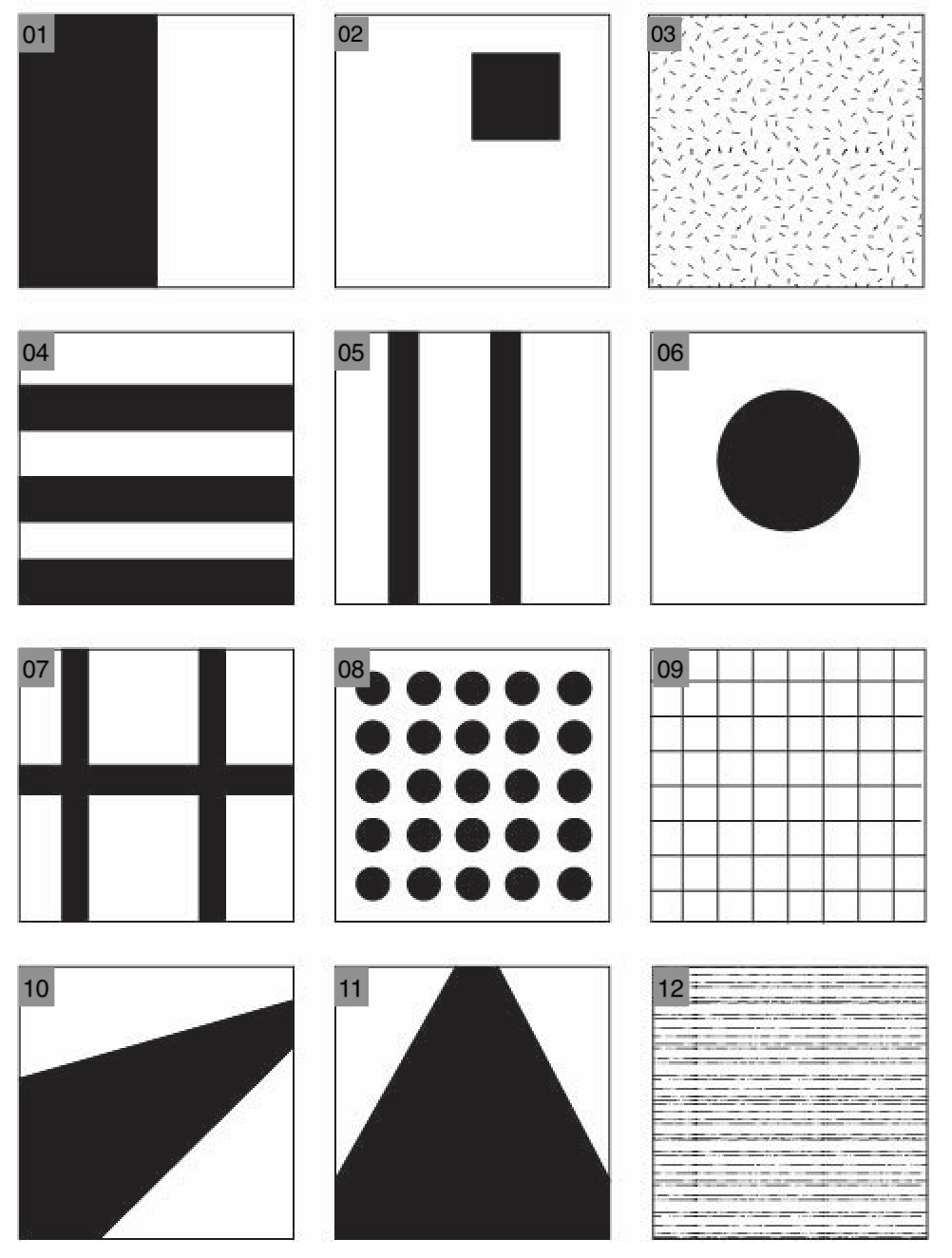Henry Callahan
1.Select an Artist
Link to Harry Callahan’s gallery: Harry Callahan
Five characteristics:
Nature: Harry Callahan’s photographs are mostly landscape. In addition the elements consist the photograph are usually plants and trees, which emphasizes the idea that he mainly focuses on nature.
Lines: In Harry Callahan’s photography, he emphasizes the line by using thin objects such as trees, branches, etc. The lines are all facing different directions, and sometimes the string matches. These lines create order, and these lines are the dominant object in the photo.
Colors: Harry Callahan’s photos are primarily filtered in black and white, which often have contrast. He noted as much for his color work as for his black and white work. Using this color contrast removes any distraction of color. It helps the viewer focus on other aspects of the photo, such as the subject, the textures, shapes and patterns, and the composition.
Tone: Harry Callahan’s photographs often have a dark tone; however, at the same time, the photographer also highlights the focal point using lights, which successfully creates the contrast between the object and the background.
Focus: In Harry Callahan’s photographs, he likes to highlight one dominant object in front of the camera; he usually uses focus to keep the audience’s attention on the main subject instead of the background.
I chose this photographer for my set 2, since the black-and-white color contrast style of the photograph is similar to the photographer Jakcie Ranken I selected for my first set. Moreover, the two photographer both takes one focal point, and the focused object is usually related to nature. Another reason why I chose this photographer is because her photos are related to my vision, of emphasizing the lines. He captures and present lines in our life.
2. Respond to an image
Photo analysis:<Weed against the sky>

“Weed against the sky” by Harry Callahan is a monochromatic photograph of a lone weed standing tall against a cloudy sky. The photograph features strong vertical and diagonal lines, with the weed’s stem drawing the viewer’s attention upwards and the clouds creating a sense of depth and movement. The black and white color palette creates a range of grays, adding depth and contrast to the image. The moody tone of the photograph is created by the gray background and monochromatic palette. The shallow depth of field creates a sense of isolation around the subject, highlighting its importance, and the strong use of negative space adds balance and interest to the composition.
3. Contact sheet:
contact sheet; set 2
Yellow: I chose yellow category, by filtering out all the photographs that doesn’t fit my vision, the photos that are out of focus, some photographs had other elements, so it was hard to identify the dominant object. In addition if the photo included backgrounds it was not attractive after I filtered black-and-white, so, the photos became the selection of yellow.
Green: For my Green selection, I chose the pictures that shows the focal point, the details clearly and show contrast in light and shadows, which makes the photograph much better after filtering it black-and-white. Moreover I also selected the photos that fits my vision of nature,
Red: For my Red selection,
4. Vision:
After conducting thorough research on the subject matter, I have refined and expanded upon my original vision for the photography project. While my initial goal was to raise awareness about the detrimental effects of environmental pollution and promote action towards reducing it, I have now incorporated the idea of highlighting the beauty of simplicity and order in our daily lives. To achieve this, I plan to join the straight lines of each branch I capture in my photographs to showcase how the concept of lines is prevalent in our daily lives. By juxtaposing the natural beauty of the branches with the man-made concept of lines, I hope to emphasize the importance of finding balance and harmony between nature and technology. Through my photography, I aim to create a visual narrative that not only educates and raises awareness about environmental issues, but also inspires viewers to appreciate the simplicity and beauty of the world around them. I believe that by showcasing the intricacies of nature and the orderliness of our built environment, I can help instill a sense of responsibility towards preserving our planet for future generations.
































Recent Comments